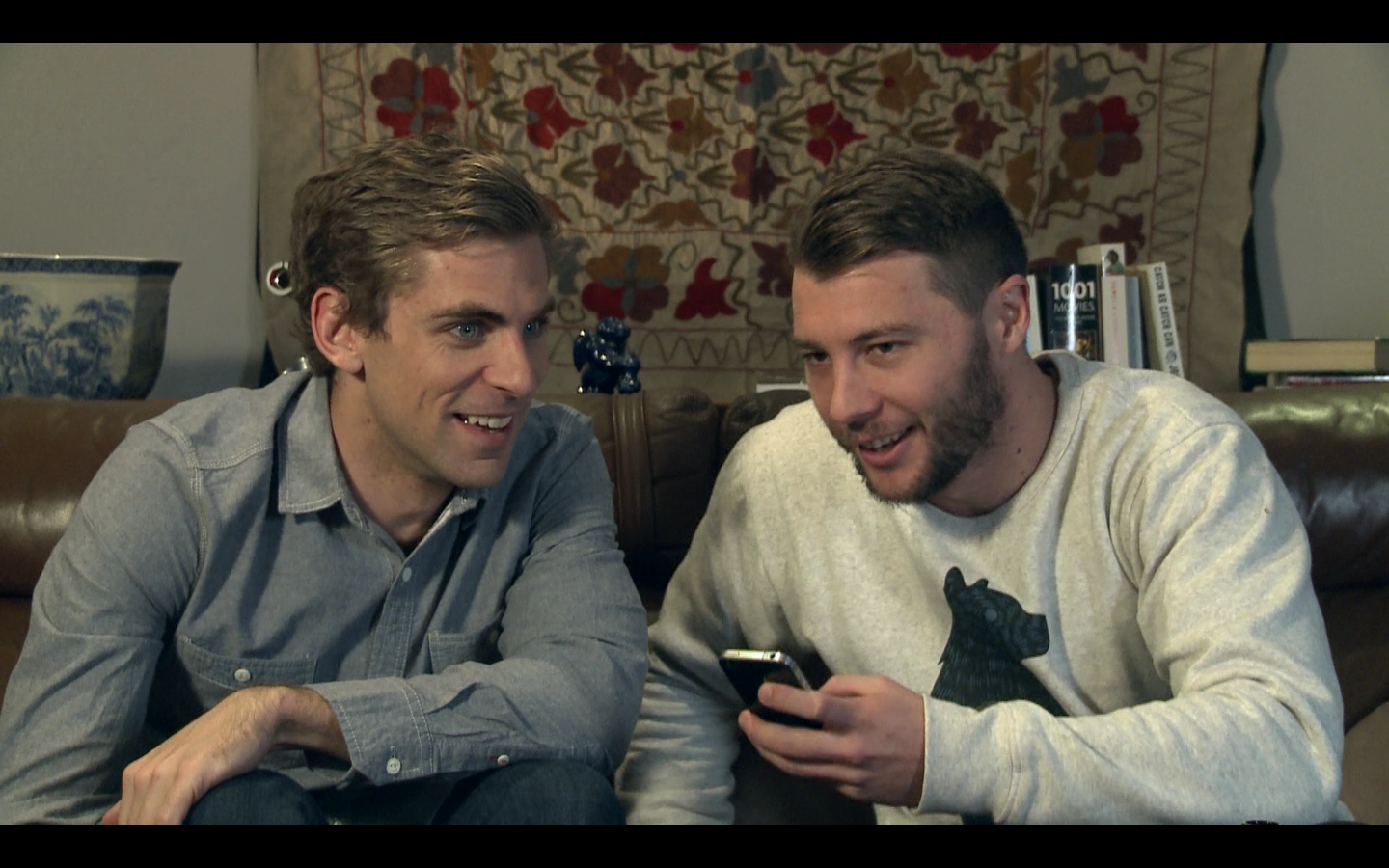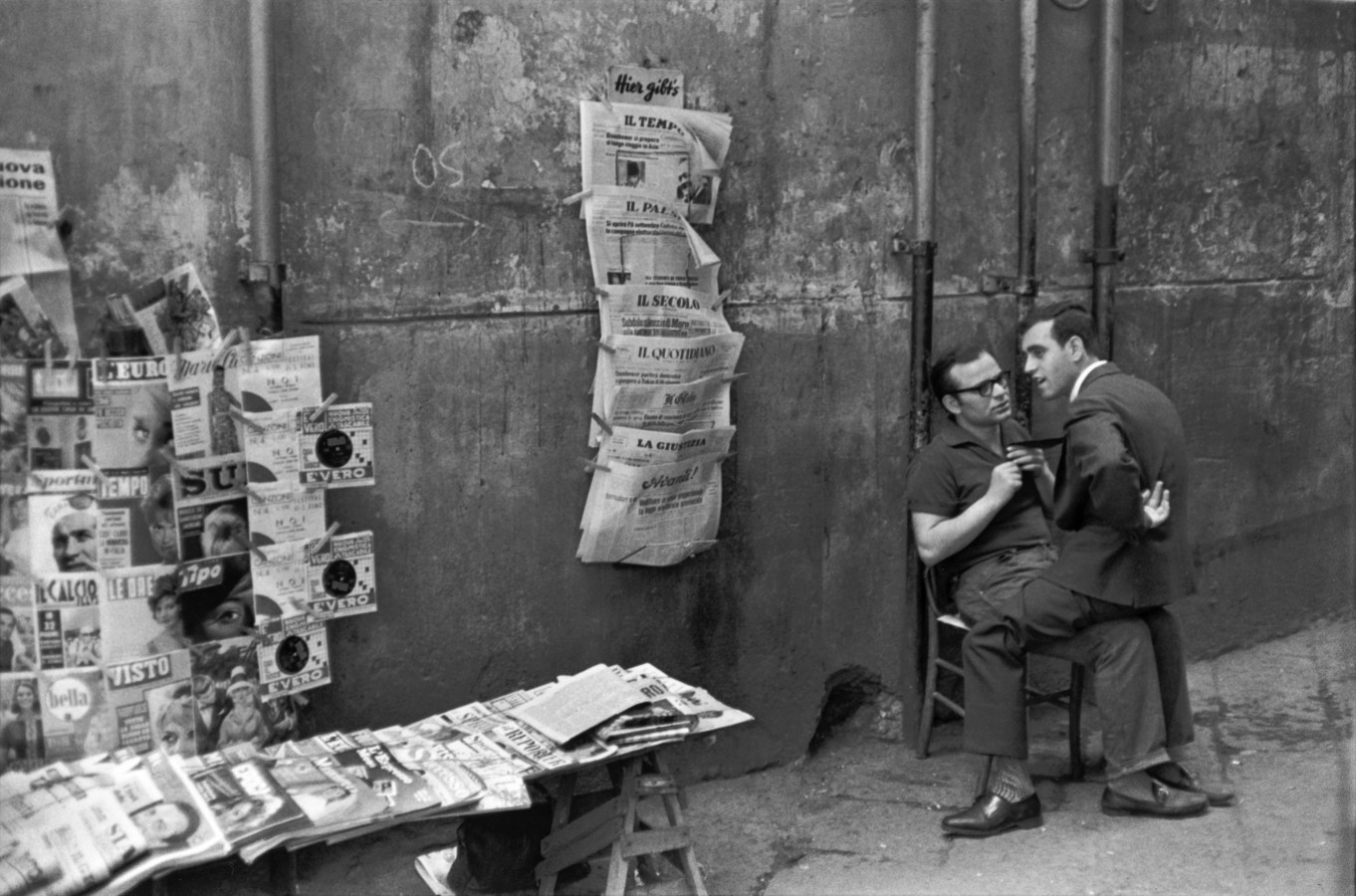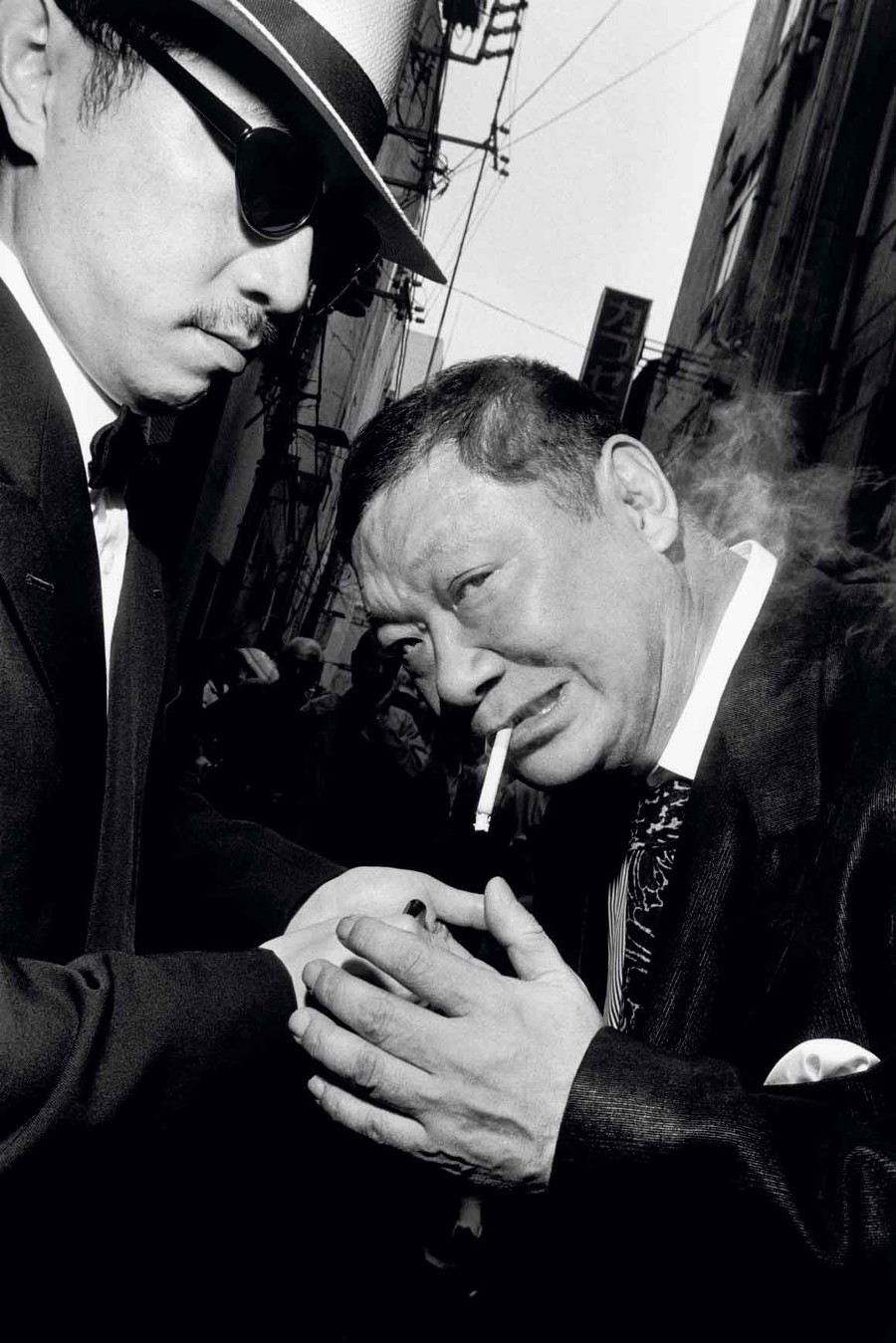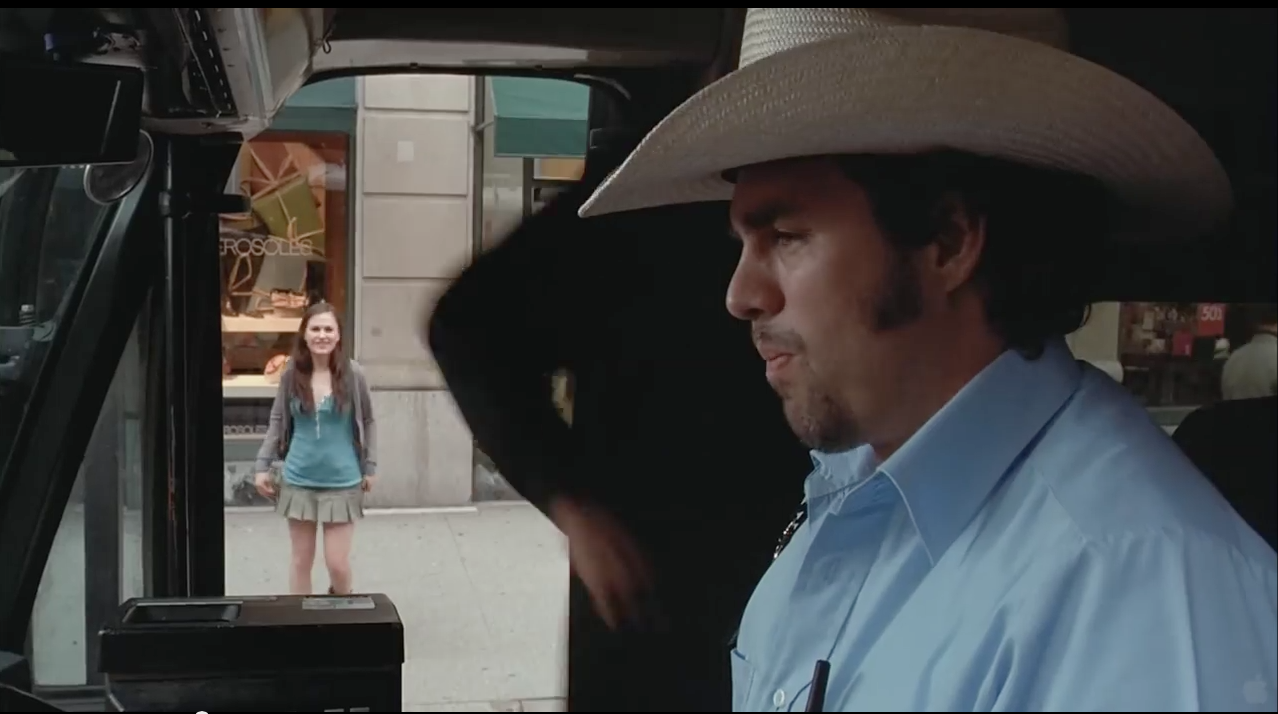
Question 1
Milk was my favourite film of the screening night. It was a simple and interesting story in which a man was desperate to get a milk from the store where closed at one. The music was so effective to build up the ambiences. It was funny and exciting when you saw the Indian kid running on the street in a exaggerate way. I really like the scene that the main character was kicking his scooter. A close shot was revealing that he was desperately kicking on and he seems to be very fast. However, the film was cut to a long shot that he was actually slower than a man who can run pass him. The film was great, I really like the humour.
The Hole was my another favourite one. This film was with black and white effect all the time except for the ending. I was very enjoyed this film because it looks like an old time film. The Hole was another humour that was different from Milk. The main character thought it was funny to see people falling into the hole. The editing was effective so I can understand the story. The shots were answering to each other. For example, the first shot was about different people falling into the hole and the next shot would be the main character’s reaction. It wouldn’t be very funny the only one shot that people fell. However, it was a lol when we saw the reaction of people falling by someone.
CARL came with a great script. At the beginning, I felt a little bit boring in the scene the hero was talking to his bear. But the story developed very well. The heroine felt very strange that the hero’s best friend was a toy. She wasn’t really sure about the relationship with her boyfriend. They always fight as CARL, a toy, exists between them. In the scene when they are playing monopoly game and they are both speaking for CARL. However, CARL’s existence resulted in a sweet ending. “I think CARL needs a friend.” The heroine brought a girly toy bear to the hero. Aww, the film was so nice.
Question 2
“In 200 words or less please outline your goals, desires – what you want to get out of this semester. You will review this later in the course. Many will rethink this dramatically by the end of the course – this is a good thing.”
No? Go back and have a look.
Now we’d love you to do the same at this end.
Please reflect on how you feel about the course. What surprised you, what excited you, what disappointed you. What we could have done better. What you could have done better.
Feel free to copy and paste what you wrote in week 1 into your response.
Goal and Desires
In the coming semester, I wanna get a ‘Distinction’ grade. Of course, There are a number of things I have to figure out. For film or TV project, the first thing is collaboration. I expect to get well along with my peers to complete our project, to achieve something. Also, we’ll have a bunch of things to prepare, like Ideas, Scripts, Storyboard, Sound, Video etc. A appropriate plan is very benefit for the quality of a production. Therefore, I look forwards to being capable of scheduling. Last but not the least, I’m very interested in editing stuffs. Hopefully, after this semester, my ability can be level up.
The SEMESTER REFLECTION
In this semester, I’ve learnt a lot of knowledge in Film/TV one, such as the set up of lighting, camera operation, and the editing. What I expected at the begging of the semester was a good collaboration. Yes, it comes true. I had a very good time with my group mates when we are doing the production.
Another thing was that, I had a rare opportunity to be a cinematographer in my film production. For me, it was an excellent experience. Why is cinematographer so important? I think the reason probably is cinematographer who is only one person know what the images looks like. Cinematographer have consider so many. A good shot will not be easy. Cinematographer have to secure all things are in the right track like lighting, setting, camera etc. ONE of them may perhaps ruin the images. In other words, cinematographer results in the quality of images.
Finally, I was so lucky to get my group mates’ trust when I was doing the editing stuffs in Pranking Frank. They trusted I had a good editing skills. I very appreciate that. Fortunately, my group mates really like the final version of the film. I found the techniques of J-CUT and L-CUT were very useful in our film. The scene flowed after another very well with these techniques. I’m glad my teammates and I have done a good film in this semester.




